How Microscopes Work & How We Save You Time & Money
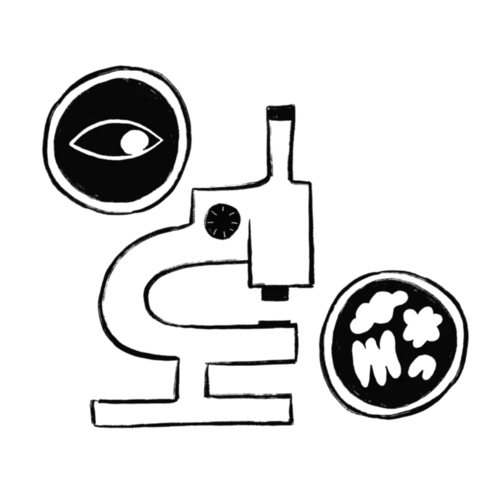
The Benefits of Excedr’sMicroscope Leasing公关ogram:
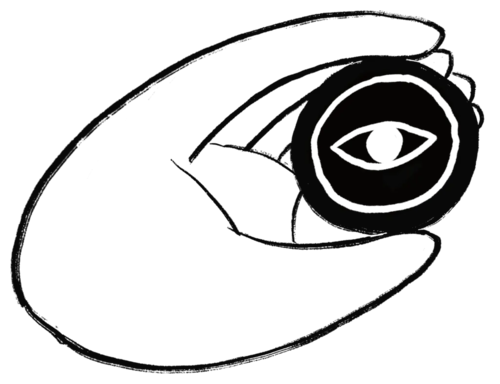
- Eliminates the upfront cost of purchasing equipment by spreading its cost over time
- Minimizes equipment downtime with included complete repair coverage and preventive maintenance
- Takes advantage of potentially 100% tax deductible* payments, providing you significant cash-savings
- Expedites the administrative work needed for instrument procurement and logistics
- Conserves working capital, enabling you to reinvest in your core business and operations (staffing, inventory, marketing/sales, etc.)
- Accommodates all manufacturer and model preferences
*Please consult your tax advisor to determine the full tax implications of leasing equipment.
下standing Microscopy
Microscopy is a field of study that allows us to look at objects that are too small to be observed by the naked eye using microscopes. Optical, acoustic, x-ray, or electron waves enlarge images which can be either dynamic or static. Microscopy is used across most life sciences, including:
- Cell and developmental biology
- Electrophysiology
- Plant science
- Marine biology
- Microbiology
- Forensics
- Academia
- Clinical and commercial, research, and development
Beyond life science, microscopy is a firmly established analysis tool in materials, formulation, and information technology. Light microscopes are essential analytical laboratory tools that allow scientific investigators to view objects to as much as a thousand times their original size.
In its simplest form, the light microscope is composed of a clear lens that magnifies a sample and a light source to illuminate it. These more common varieties are also known as optical microscopes.
However, most are much more complex, housing numerous fine-tuned lenses with tightly controlled dimensions, all within the body of the instrument itself. Generally speaking, the more lenses, objectives, and complex eyepieces they have the more expensive the microscope becomes.
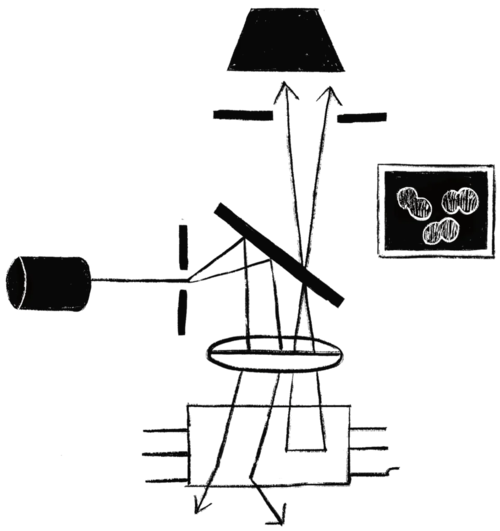
Confocal Microscope
Confocal microscopy is an optical microscopy technique that uses lasers as the excitation source and pinhole spatial filters to solve the issues with fluorescence microscopy while increasing the resolution and contrast of the image.

Infrared Microscope
Infrared radiation, or IR, refers to a type of light that is not visible to the human eye. Though IR is not perceivable to humans through sight, it can be experienced by humans through touch. IR microscopy is a technique that employs IR to aid in magnifying objects that would normally be invisible to the naked eye.
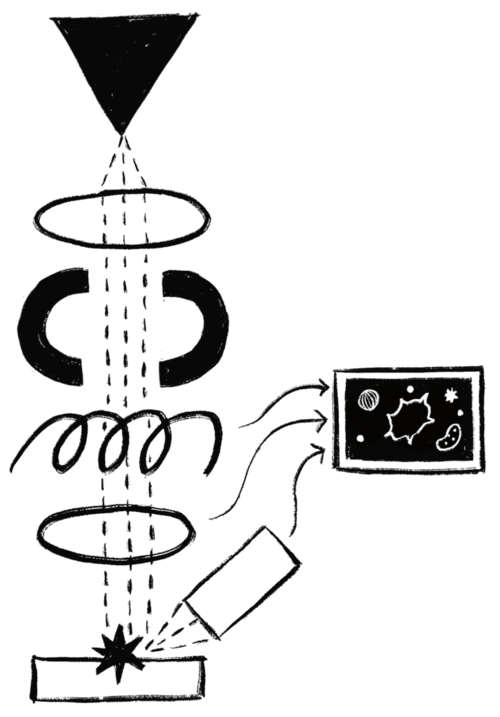
Electron Microscope
As an alternative to light microscopes, electron microscopes use beams of electrons for a light source. These microscopes have allowed for analysis of submicron-sized objects down to their atomic position.

Fluorescence Microscope
Fluorescence refers to the emission of light due to the absorption of light. A fluorescence microscope is a form of optical microscope that exploits fluorescence and phosphorescence to identify and observe specific microscopic objects.

Multiphoton Microscope
Multiphoton microscopy, a nonlinear optical technique, solves this problem by using two photons, rather than the one which is standard in fluorescence microscopy, to excite the sample. This technique can create detailed 3D images of living cells while avoiding photobleaching and phototoxicity.

Raman Microscopes
In Raman spectroscopy, properties of a material can be determined by observing how they interact with inelastic scattering of light. Inelastic scattering refers to when light bounces off an object, it either loses or gains energy.
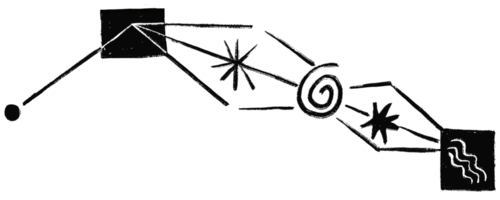
X-Ray Microscope
X-rays are high energy waves that are invisible to the human eye but interact in very specialized ways with matter. X-ray microscopy uses electromagnetic radiation found in soft X-rays to produce magnified images of objects that would otherwise not be visible to the human eye.
We Offer Microscope Leases to Fit Every Need
Operating Lease
This off-balance sheet financing structure provides three options at the end of the term. The lessee has the option to return the equipment to the lessor, renew at a discounted rate, or purchase the instrument for the fair market value. Monthly payments are also 100% tax deductible which yields additional monetary savings.
Sale-Leaseback
If you recently bought equipment, Excedr can offer you cash for your device and convert your purchase into a long-term rental. This is called a sale-leaseback. If you’ve paid for equipment within the last ninety days, we can help you recoup your investment and allow you to make low monthly payments. This also frees up money in your budget rather than tying it down to a fixed asset.







